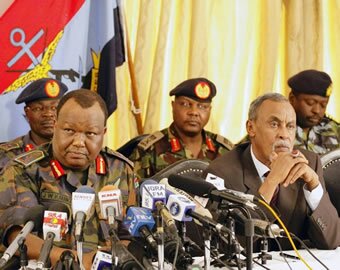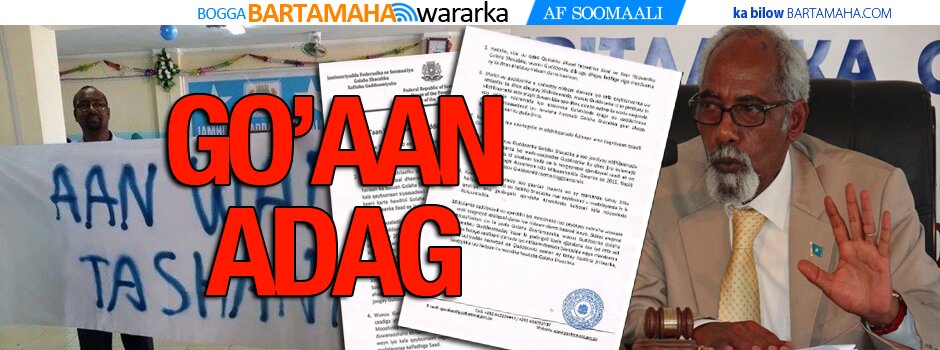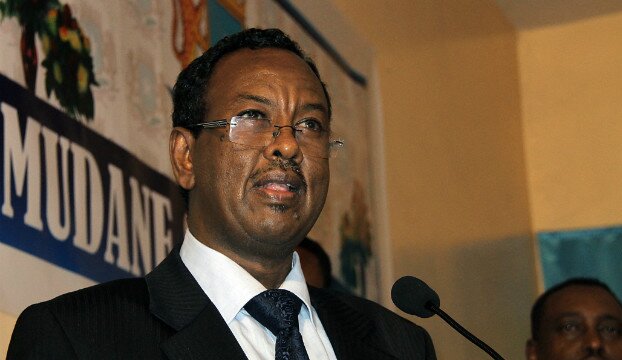Kenya asks U.S. for help with Somalia offensive
 Washington is considering the request to provide surveillance and reconnaissance as Kenyan troops become bogged down in their effort to go after the Al Qaeda-linked Shabab militia.
Washington is considering the request to provide surveillance and reconnaissance as Kenyan troops become bogged down in their effort to go after the Al Qaeda-linked Shabab militia.
Kenya’s government has made an urgent appeal to the Obama administration for the Pentagon to provide intelligence and logistical support to Kenya’s faltering month-old military operation in Somalia against the Shabab, a powerful Al Qaeda-linked militia.
Administration officials are considering the request, which came through the State Department, to provide military surveillance and reconnaissance that could include imagery from drone aircraft. Such aid would represent a significant expansion of U.S. involvement in the chaotic East African nation.
The 2,000 Kenyan troops that crossed into southern Somalia last month quickly bogged down after seasonal rains turned local roads into thick mud, leaving the invading forces far short of key Shabab strongholds to the north.
Some U.S. officials favor direct support for the Kenyan operation. Counter-terrorism officials are eager to eliminate or weaken the Shabab, a terrorist group that has conducted lethal attacks against U.S. allies inAfrica and has vowed to expand its reach.
At least two Somali Americans recruited by the Shabab took part in suicide bombings in Somalia, and counter-terrorism experts fear other recruits may attempt attacks in the United States.
But administration officials are wary of getting drawn into another war in a Muslim country as U.S. forces withdraw from Iraq and Afghanistan. No one has forgotten the 1993 “Black Hawk Down” debacle, when the bodies of two U.S. servicemen were dragged through the streets of Mogadishu, Somalia’s capital, after a mission to capture a local warlord went awry.
Some State Department officials also warn that Somalis may view Kenyans as foreign occupiers, noting that the Shabab first gained popularity as a nationalist movement after U.S.-backed Ethiopian troops invaded Somalia in 2006 to crush Islamic militants, only to retreat three years later.
After crossing into Somalia in mid-October, the Kenyan troops captured several border towns and advanced inland. But they have yet to take the strategic crossroads town of Afmadow, about 80 miles inside Somalia, or the crucial port of Kismayu, about 100 miles up the Indian Ocean coast.
If it secures those targets, Kenya hopes to create a military buffer zone in southern Somalia to stem the flow of weapons and trained militants across the border. Earlier this year, Somali bandits kidnapped four foreigners in Kenya, dealing a blow to the country’s lucrative tourism industry.
Kenya also says it wants to help humanitarian aid groups working to alleviate famine in southern Somalia. The Shabab has taxed some of the groups and kidnapped aid workers or stopped their supply convoys. Yet the invasion is also complicating efforts to reach 3 million people caught in the famine. Officials fear perhaps 750,000 may die in coming months if aid organizations cannot reach them.
U.S. officials say Kenya did not coordinate its invasion plans with the Obama administration and that so far the American military is not providing on-the-ground support. However, the U.S., which has given Kenya more than $700 million in aid this year, much of it for military and counter-terrorism purposes, has provided limited intelligence help, American officials said, declining to provide details.
“Al Shabab is a very serious terrorist threat …and pressure that’s brought to bear against them is something they deserve,” said Pentagon spokesman George Little.
The CIA and U.S. special operations forces have mounted several targeted operations against Al Qaeda leaders in and near Somalia, including helicopter assaults and missile strikes from drone aircraft.
The Air Force began flying unmanned aircraft from an airfield in southern Ethiopia and has flown drones from a base in the Seychelles islands, several hundred miles away in the Indian Ocean.
But Kenya’s armed forces are not trained to analyze live video and data feeds from U.S. drones, so the use of such aircraft would probably require U.S. intelligence reports to help pinpoint suspected Shabab fighters and other targets, officials said.
Several officials said direct U.S. military support appears unlikely, and a Pentagon spokesman said he was “not aware of any such request coming to the Defense Department.” But other officials said the request was under consideration.
Despite the drawdown in Iraq and Afghanistan, U.S. drones and other surveillance aircraft are in short supply. Moreover, the officials cautioned, the intelligence reports alone may not enable Kenya’s military to achieve even its limited objectives.
In April, the U.S. Navy captured Ahmed Abdulkadir Warsame, a Somali, on a boat between Yemen and Somalia. He has been indicted in New York on federal charges of being a “conduit between Al Shabab and Al Qaeda in the Arabian Peninsula,” a Yemeni-based terrorist group.
But the U.S. is not carrying out regular missile strikes or other operations against Shabab strongholds. “We have not declared war on Al Shabab,” said one U.S. official.
___
LA Times
Comments
comments
 Calendar
Calendar





































